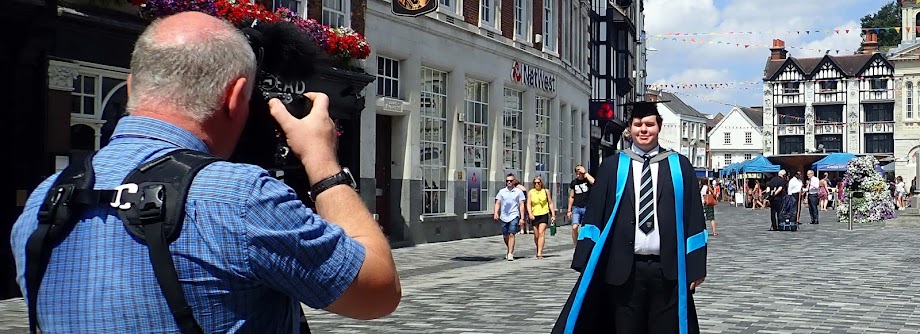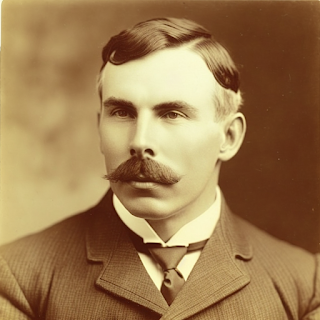Tuesday 31 January 2023
AI creates copyright free images
Fair use can work with some images, but sometimes you need a specific photo or image that doesn't exist. Using AI this is now changing and images can be created at a whim to suit particular topics that are being taught. Is the AI good enough to ID the characters?
Monday 30 January 2023
The Gas Laws
Once upon a time, a group of scientists were curious about how gases behave. They wanted to understand how gases react under different conditions, such as pressure, temperature, and volume. Seems to be the start of a video.
Sunday 29 January 2023
Stop go animation
Stop-Go Animation using DragonFrame 4. Lego and Stop-Go Animation seem to work well together, making some science videos, building things that I can't afford or possibly own and then getting them to work in a demonstration mode.
Saturday 28 January 2023
New CGP A level Maths Books
The New CGP Maths A-level Course Books are excellent. Very similar in format to the Pearson Books but with a few extra bits like chain rule twice. The worked solutions are at the back of the book, which is extremely helpful.
Thursday 26 January 2023
Clinostat rolling on
A few days into the clinostat working so we should start to see the effect the rotation is having on the roots and shoots
Wednesday 25 January 2023
Some many different monitors
Online teaching started out as a laptop with a built-in camera. Now there are at least 4 cameras with remotely powered zooms, and usually more. There are graphics tablets, visualisers, hyperdecks for video playback and an ATEM and streamdeck to control it all
Tuesday 24 January 2023
Setting up timelapse for the Clinostat
Monday 23 January 2023
Waves and Pendulums

Sunday 22 January 2023
Organ Lesson using the ATEM
Thursday 19 January 2023
Experimenting with a swingograph
Experimenting with a swingograph to see what it can do. We need to get the pen more centred to make bigger patterns. We will have to get out the 3D printer I think.
Tuesday 17 January 2023
How many takes?
Don't work with animals and children - filmmakers said, but the same can be applied to science videos. Some things are good, like the ballistic cart, which can be set to go off at a certain distance or time, other things seem to do as they please.
Monday 16 January 2023
Colour changes in Steel
I had to drill a hole in my Mums wall to put something up. The bricks were very hard, and I could see the changes in colour on the High-Speed Masonry bit
Friday 13 January 2023
Failure on Designing an experiment
One of my students hadn't done many experiments at school. When he came to a question in the mock exam on designing an experiment he had no idea where to start. He had no idea about what equipment was available and the alternatives. I have a lot of work to do.
Thursday 12 January 2023
Reprogramming the electronic GoDice to work as Sicherman Dice
Reprogramming the electronic GoDice to work as Sicherman Dice. A bit of JavaScript, and now I have some electronic Dice to do all types of statistics, capturing the values of the dice and automatically plotting the data and working as D20 and D10 as well
Wednesday 11 January 2023
Ripple Tank and Waves
Tuesday 10 January 2023
Light bouncing off a ceiling
In some situations, light reflected off the ceiling works better than a softbox. It gives the idea of more normal household lighting and seems to be good on the white organ for playing
Monday 9 January 2023
Redressing the practical imbalance
I notice how little practical is done, even at A level. Many children do not even do the core practicals and only watch, in many cases, my videos. I try to do as many experiments as I can with the students, as this helps them remember and learn more effectively
Sunday 8 January 2023
Crystals
Looking at Copper sulfate crystals under the microscope once the students have made them. They can clearly see the shape of the crystals made by their own hand.
Friday 6 January 2023
Looking down the barrel of the lens
Looking down the barrel of the lens for online lessons. It seems strange that I want to look at the screen where the person is doing online lessons with me rather than looking down the lens so they can see me looking at them.
Wednesday 4 January 2023
Should we teach Open AI
Tools like OpenAI's language model can be a valuable resource for teachers and students. As more and more people use these programs, students need to learn how to use them effectively.
One way to do this is by teaching students how to ask the right questions to get the necessary information. This could include learning how to use keywords and phrases to narrow down search results and critically evaluate the information they find online.
It's also essential for students to understand the limitations of these types of tools. While they can be helpful resources, they should not be relied upon as the sole source of information. It's essential for students to learn how to use a variety of sources and to verify information from multiple sources before making conclusions.
Students must be responsible and ethical technology users, including language models and other online resources.
Tuesday 3 January 2023
Creating a radioactivity decay curve
Creating a radioactivity decay curve - the first of the Analog Computer programs - almost a Hello World program. The Op-amp was very sensitive, but soon I got there and could dynamically change all the parameters so much easier than a digital computer for some demos the way to go
Monday 2 January 2023
Company Ownership problems
One of the things you don't see advertised in owning your own company is chair mending. The fabric Faux leather has all gone and needs to be replaced
The seat needs to be taken apart, templates made and then new material cut out and sewn together to refurbish the chair. A lot of work but much cheaper than buying new and throwing away a mostly good working chair.







































